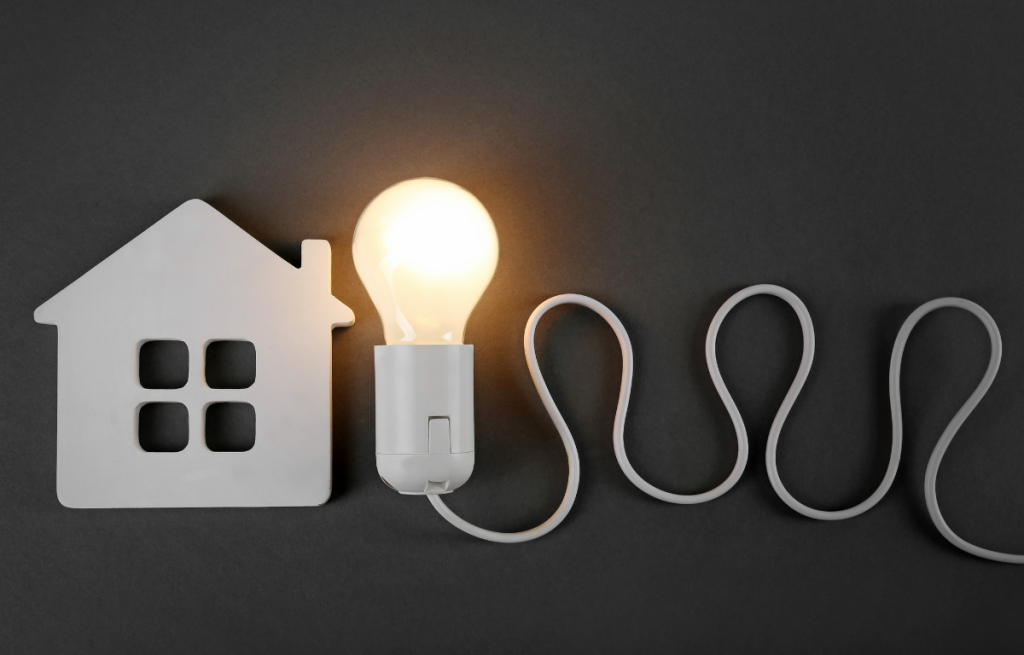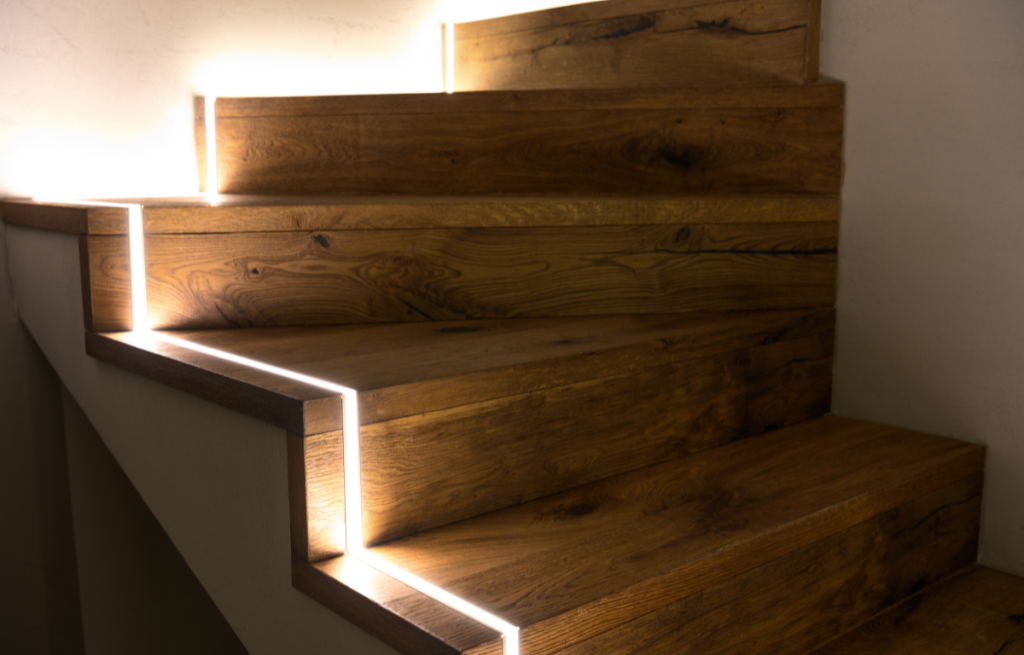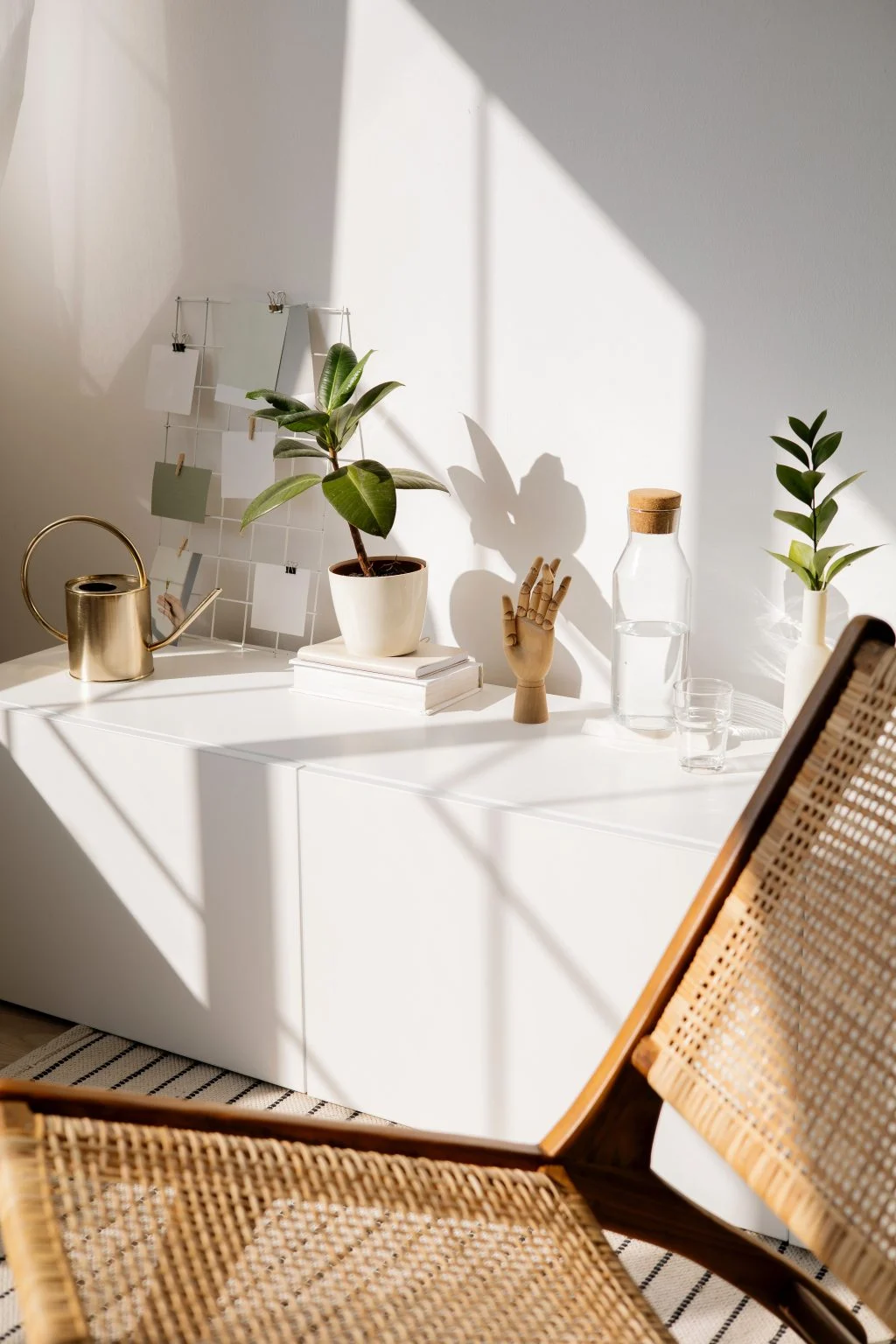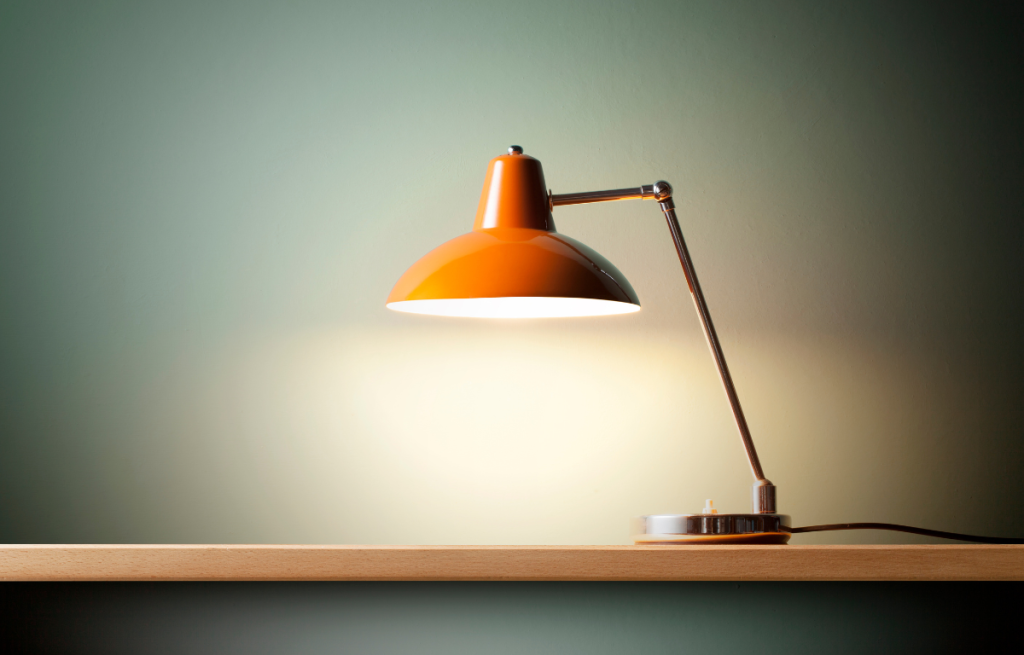Decorating styles
Light Up Your Home: Simple Tips for Incredible Environments!
We can compare the lighting in a house to background music: it creates an atmosphere without us seeing it.
Advertisement
In the world of lighting, each lamp and lamp not only illuminates, but also brings life to your spaces. Experts in this area say that good lighting has the power to transform your house into a real home.

Lighting plays a crucial role in the atmosphere and functionality of a home. Choosing the right types of light, carefully designing the layout and understanding the importance of adequate lighting are essential aspects of creating pleasant and functional environments in your home.
Here we bring you an exclusive guide to help you master the ambiance in your home and place the right lights in the right places. In this guide we'll explore the main types of light, design tips and reasons why the right lighting is so crucial.
Types of Light
There are three main types of lighting to consider:
1- Ambient light: This is the base layer, providing the general lighting of a space. It is the soft glow that fills a room, often from ceiling lights, chandeliers and ceiling lights.
2- Task Light: As the name suggests, this layer is focused on functionality, helping you with specific activities like reading, cooking or working. Examples include table lamps for reading or kitchen lamps over the counter.
3-Highlight Light: This is the finishing touch that highlights architectural features or artistic elements, adding depth and dimension. Highlights decorative elements, artwork or specific areas. Strategies include targetable spots or light trails. You know that shelf full of family photos? A light just for her can make all the difference, giving her an extra charm.
Some experts in the field also include Decorative Light, referring to those that add an aesthetic touch to the space such as decorative pendant lamps and LED strips on furniture.

Understanding Color Temperature
Light is not just intensity; It is also color, we are not talking about blue or red, but about a more “warm” or “cold” light: Color temperature is measured in Kelvins (K), and can radically change the climate of a room.
Warm Lights (2,700K – 3,000K): They evoke warmth and an invitation to rest, ideal for rest spaces and social gatherings.
Cold Lights (4,500K and above): Provide a similarity to natural daylight, recommended for focus and productivity environments.
Neutral Lights (3,500K – 4,000K): Provides clarity without coldness, suitable for preparation and hygiene areas.
Yellow Light:
Also called warm light.
It has a lower color temperature, generally below 3500 Kelvin.
Yellow light is softer and more relaxing, creating a welcoming and comfortable atmosphere.
It is commonly used in rest areas, such as bedrooms, living rooms and dining rooms, where visual comfort is more important than light intensity.

White light:
Also known as cold light.
It has a higher color temperature, usually above 5000 Kelvin.
White light is similar to natural daylight and is often associated with brighter, crisper environments.
It is ideal for work areas such as kitchens, offices and bathrooms where it is important to have a clear and accurate view.
Color temperature describes the visual appearance of light emitted from a lighting source and is related to the hue of the light.
Neutral Light or Daylight:
With a color temperature of around 4000 to 5000 Kelvin, neutral light attempts to balance the benefits of white and yellow light, offering more natural and versatile lighting.
When choosing the type of light for a specific room, consider the purpose of the space and the desired atmosphere. Combining different color temperatures in various spaces in your home can create a visually pleasing and functional experience.

Lighting Project
Designing practical, efficient and economical lighting involves considering several factors, from the type of lighting to the choice of lamps and the arrangement of the luminaires. Here are some tips to help create a successful lighting design.
1- Living room:
A harmonious combination of floor and pendant lamps creates a cozy atmosphere. Small light sources to highlight architectural details or personal collections enrich the environment.

2-Kitchen:
Effective general lighting combines with lights under cabinets to ensure practicality and safety when preparing food. A central lamp over the table or island adds personality and focus.

3-Room:
The softness of the warm lights promotes relaxation, while side lamps provide the light needed for nighttime reading.

4-Bathroom:
The lighting must be broad and uniform, with special attention to mirror areas, avoiding undesirable shadows. The possibility of adjusting the intensity of the light is an invitation to transform routines into rituals.

Important Tips
1- Assess the Needs of the Environment:
Understand the activities that will be performed in each space to determine specific lighting needs. For example, work areas may require more light than rest areas.
2- Adopt a Layered Approach:
Combine different types of lighting to create layers. This includes ambient lighting for general lighting, task lights for specific activities, and decorative lights to enhance visual elements.
3- Choose Efficient Bulbs:
Opt for LED bulbs, which are energy-efficient, long-lasting and offer a range of color temperatures. They consume less energy and have a longer lifespan compared to traditional light bulbs.
4- Use Motion Sensors and Timers:
Install motion sensors in areas where lights do not need to be on all the time. Timers can also be useful for automatically turning off lights when they are no longer needed.
Also evaluate the possibility of giving a “touch of modernity” to your home’s lighting by implementing technologies that are being used in “smart homes”.
Lighting controls are just as important as the fixtures themselves. Smart dimmers, timers and lighting systems allow you to adjust brightness and color temperature, adapting the ambiance to your activities and times of day.

How to Turn Your Home Into a Smart Home
Discover the Secrets of a Smart Home and be surprised by the technology that is changing the way we live

5- Intensity Control with Dimmers:
Install dimmers to control light intensity as needed. This not only saves energy but also allows you to adjust the atmosphere of the room.
6- Enjoy Natural Light:
Maximize natural light. Position furniture and curtains to allow maximum light in during the day, reducing the need for artificial lighting.
7- Consider Wall Orientation and Color:
Light colors on the walls reflect more light, helping to better distribute lighting throughout the space. Consider the color of the walls when designing the lighting system.
8- Reuse Existing Light Fixtures:
If possible, reuse existing light fixtures to save money. Often times, simply changing the bulbs can update the look and efficiency.

7 Unmissable Ideas for a Complete Renovation
Do you feel like it's time for a change, but don't know where to start? Don't worry, we will help you!

9- Plan Outdoor Lighting:
When designing outdoor lighting, choose efficient fixtures and direct them where they are really needed. Use motion sensors to save energy.
10-Consult a Professional if Necessary:
If you experience difficulty, don't hesitate to consult a lighting professional for expert guidance. They can help optimize the design and ensure efficient implementation.
Final Touches:
Remember, the goal of good lighting design is to bring out the best in your home, highlighting its style while providing comfort and functionality. Experiment with different lamps and fixtures until you achieve the atmosphere that feels right for you.
In short, residential lighting goes beyond simply lighting a space. It is a powerful tool for creating atmospheres, improving functionality and promoting well-being. By carefully considering the types of light, space design, and desired effects, you can transform your home into a truly bright and welcoming place.
Trending Topics

How to Make Your Home Look Rich
Transform your home wisely, step by step, and discover that elegance can be achieved without rushing and within your budget
Continue lendo
New WhatsApp Functions: Do You Know It?
That Whatsapp has revolutionized the world of communication everyone knows, but what about the new functions of the app, do you know?
Continue lendo
Be2 App: Scientific Matchmaking!
Find compatible partners on Be2, a dating app that uses scientific matchmaking to create lasting connections.
Continue lendoYou may also like

Small Laundry Room: Tips and Ideas for Organizing
The secret to optimizing a small laundry area is to maximize every inch of space and create a functional environment that meets your daily needs.
Continue lendo
Renting Luxury Homes on Airbnb: Comfort, Sophistication and Unforgettable Experiences
Discover high-end homes to rent on Airbnb and enjoy a premium and unforgettable accommodation experience.
Continue lendo
Bumble App: women make the first move!
Meet new people with Bumble, the app that has the distinction of letting only women start the conversation after Matching!
Continue lendo